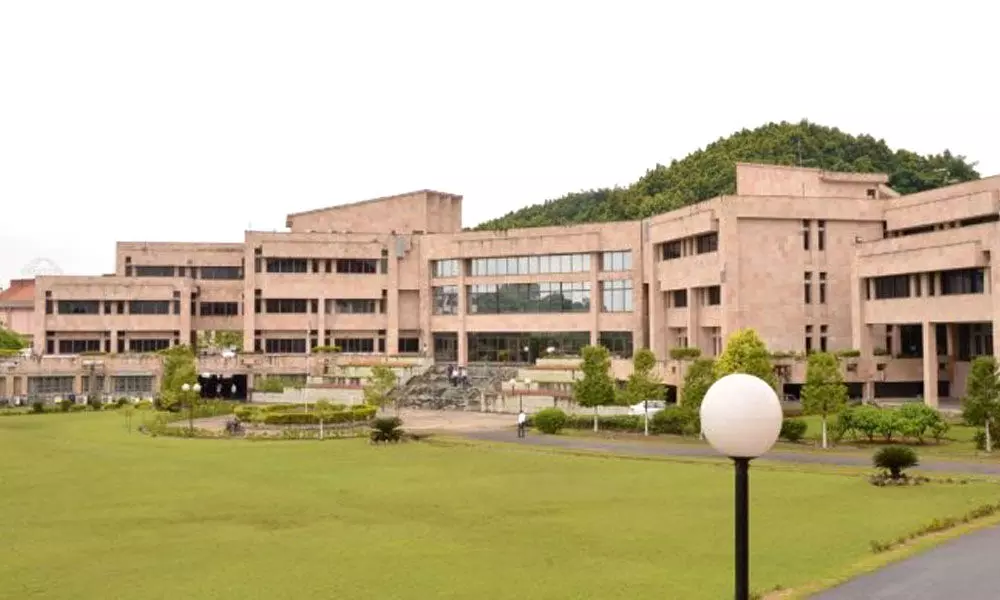Breakthrough in computer memory architecture
Researchers developed methods to evenly distribute the accesses across the overall memory capacity to reduce the wear-out pressure on heavily written locations and also worked in the area which avoids writing redundant values, thus prolonging the wear-out
image for illustrative purpose

The research team working on building customised parallel architecture designs to give better FLOPS
New Delhi: RESEARCHERS from IIT Guwahati have developed methods to evenly distribute accesses across computer systems' overall memory capacity to reduce the wear-out pressure on heavily-written locations. The researchers have made fundamental contributions to memory architectures by preventing redundancy in data values and improving slow and frequent writes in the multi-core processor systems, an IIT Guwahati press release said on Monday. "When the world is rapidly moving towards research in applied areas, IIT Guwahati researchers have developed methods to solve the problems in computer systems domain. Specific contributions being in multi-core processor-based systems that need an equally large on-chip memory to commensurate the data demands of the ever-growing applications and hence preventing energy consumption to ensure the temperature remains under the thermal design power budget," it said.
The research is being led by Professor Hemangee K Kapoor from the Department of Computer Science and Engineering (CSE) at the IIT Guwahati, and her team comprises research scholars Sukarn Agarwal, Palash Das, Sheel Sindhu Manohar, Arijit Nath, and Khushboo Rani.
Explaining the challenges of multi-core processor-based systems, Kapoor said: "The application data access patterns are not uniformly distributed and hence leads to several orders of writes to certain memory locations compared to others. Such heavily written locations become prone to wear-out and thus prevents the use of complete memory device without error corrections."
To handle this non-uniformity, IIT Guwahati researchers developed methods to evenly distribute the accesses across the overall memory capacity to reduce the wear-out pressure on heavily written locations and also worked in the area which avoids writing redundant values, thus prolonging the wear-out.
Kapoor said: "Slow and frequent writes can be re-directed to temporary SRAM partitions sparing the NVM from getting written with such frequent accesses. Such structures are called hybrid memories." The researchers' current and future contributions will help mitigate the drawbacks of promising emerging memories and ease their adaptability. Once some drawbacks are easily removed, scientists can find newer avenues for using such technologies without worrying about its limitations, the release said.
Artificial Intelligence (AI) and Machine Learning (ML) are used as tools to solve several real-time problems. However, they involve enormous computations on huge datasets. Building close to memory accelerators to process the data are efficient in performance as well as energy. The research team is also working on building customised parallel architecture designs to give better FLOPS.
As a long-term perspective, the researchers see a trend towards edge computing leading to skyrocketing generation of data.

